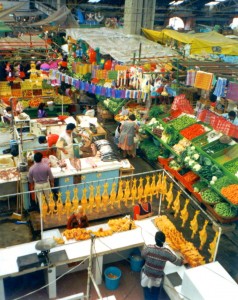
Today’s generation appreciates restaurants that support the local economy; the secret is cost-effectively integrating local food products into your menu.
Restaurant owners seeking to attract new clientele and stay relevant as the next generation comes of age are integrating more and more food from local suppliers into their menus.
A common first reaction of restaurant owners to the prospect of local sourcing is that it will likely cost too much money. Naturally, a restaurant is a business and in order to survive its first consideration must be the bottom line.
However, in the new millennium, with a new, eco-conscious generation at the helm, the costs and benefits of buying locally have changed considerably. Getting 100 percent of food products from local outlets is probably not likely. Integrating in just the right amount of local produce, meat and seafood to make your business most profitable is what restaurateurs must explore. Those ignoring the rising trend of local sourcing altogether are likely to be left behind.
While adding local food products into the kitchens of fine-dining and casual local restaurants is a no-brainer, even quick serve restaurants which demand a mass volume of food are beginning to local source. The fact is, quick serve restaurants that can boast the use of local produce rightfully win the reputation of being fresher, healthier, more environmentally responsible and better for local communities. Local sourcing is basically a way for quick serve chains to address all of the issues that fast food restaurants have been knocked for over the years.
Customers today demand a certain ethical practice from restaurants that never entered the equation in the past. They feel much more comfortable giving their patronage to an establishment that supports local, sustainable farms. This produce is fresher with fewer preservatives and it fosters better relationships in the local community. (more…)
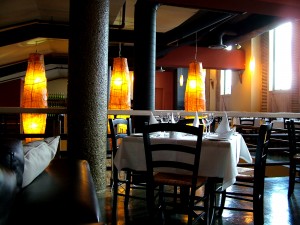
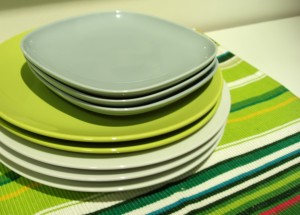
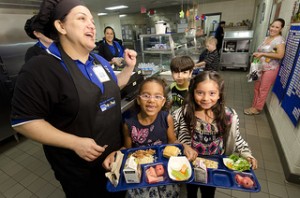

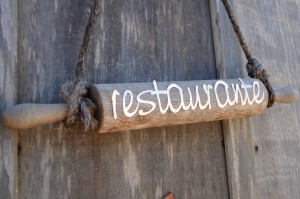
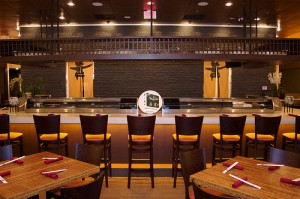
 Globe of Blogs
Globe of Blogs http://www.buzzerhut.com
http://www.buzzerhut.com